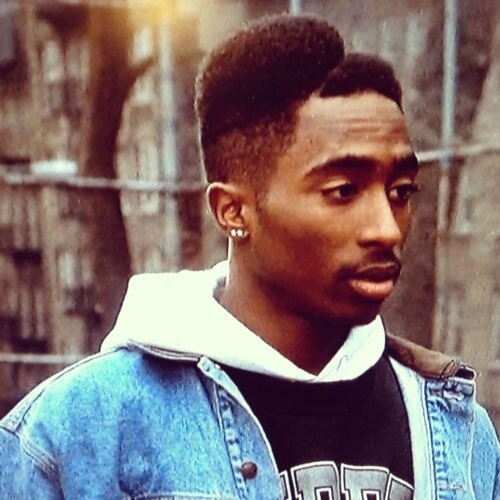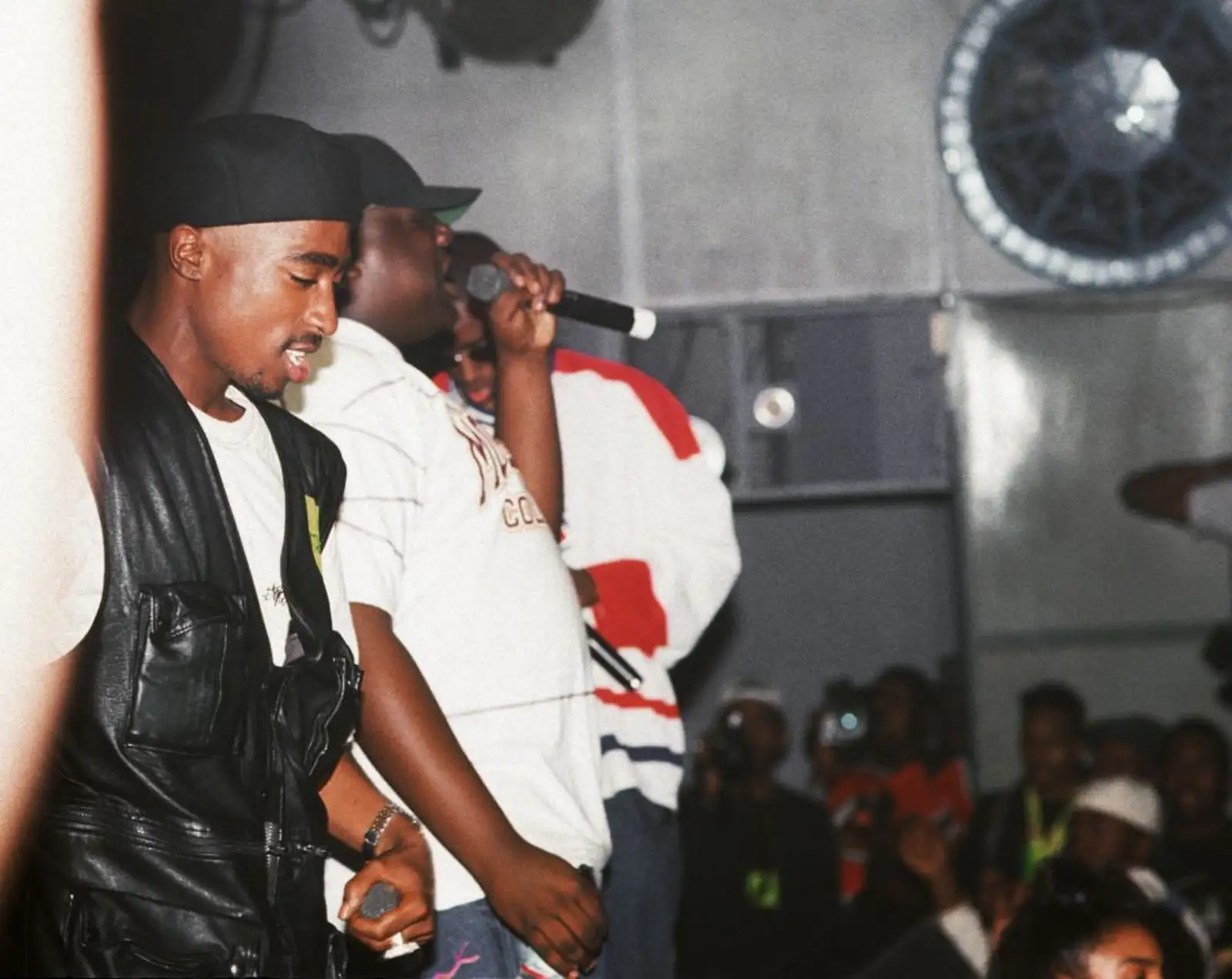
The East Coast-West Coast Feud: Tupac vs. Biggie
The East Coast-West Coast rivalry in hip-hop remains one of the most intense and tragic conflicts in music history. At the heart of this bitter feud were two of rap’s biggest legends: Tupac Shakur (2Pac) and The Notorious B.I.G. (Biggie Smalls). What began as a personal dispute between the two quickly escalated into a full-scale war between the East Coast and West Coast rap scenes, ultimately having devastating consequences.
The tension between Tupac and Biggie first ignited in 1994, when Tupac was shot five times in a robbery at a recording studio in New York. Though Biggie never directly addressed the incident, Tupac strongly believed that Biggie and his associates had prior knowledge of the attack. This belief fueled the fire, with Tupac accusing Biggie of being involved in the shooting, an accusation that was never substantiated. This event marked the beginning of a bitter feud that would define the rap scene for years to come.
In the aftermath of the shooting, Tupac became increasingly vocal about his disdain for Biggie and the East Coast rap scene. His anger reached its peak in 1996 with the release of “Hit ‘Em Up,” a scathing diss track that targeted Biggie, his label (Bad Boy Records), and the entire East Coast rap community. In the song, Tupac made personal attacks on Biggie, his wife Faith Evans, and even took aim at other prominent East Coast rappers. The track was filled with vitriol and marked a turning point in the feud.
While Tupac fired shots directly at Biggie, the response from the East Coast was more subtle. Biggie, ever the strategist, never directly addressed Tupac’s accusations in his music. Instead, he used subliminal disses and wordplay in tracks like “Who Shot Ya?” Many fans speculated that the song was a response to Tupac’s shooting, though Biggie himself denied it. Despite the tension, Biggie largely stayed away from direct confrontation, keeping his responses to Tupac’s insults relatively restrained.
The feud escalated even further as West Coast rappers like Snoop Dogg and Tha Dogg Pound joined the fray. In 1996, they released “New York, New York,” a bold and defiant anthem aimed at the East Coast. The track mirrored Tupac’s aggressive stance, as it celebrated the dominance of the West Coast and took aim at New York’s perceived arrogance. The song and its accompanying message sent shockwaves through the rap community and deepened the rift between the two coasts.
The East Coast-West Coast feud reached its tragic climax with the murders of both Tupac and Biggie, just months apart in 1996 and 1997. Their deaths remain unsolved, fueling conspiracy theories and intensifying the mystery surrounding their rivalry. While some believe their murders were a result of the ongoing tension, the exact motives remain a subject of speculation.
Ultimately, the Tupac-Biggie feud represents the destructive nature of rivalry in hip-hop culture. What started as a personal dispute over a shooting transformed into a deadly war between two of rap’s most influential figures. The legacy of their feud continues to echo throughout the music industry, serving as a cautionary tale of how rivalry, when left unchecked, can lead to devastating consequences.

Leave a Reply